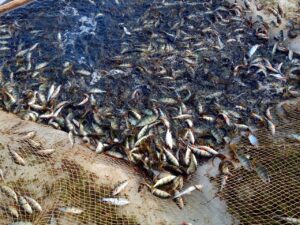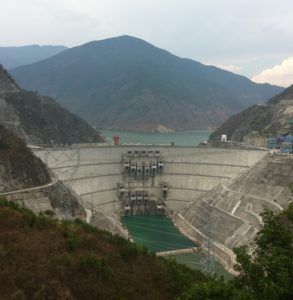This essay is part of a series by leaders and members of ACRE on efforts to increase climate resilience. Views expressed are the author’s.
Most cities or states identify at least some of their critical assets, but experience in applying the UN DRR’s City Disaster Scorecard around the world has shown that their efforts suffer from one or both of two weaknesses:
- They don’t think widely enough about what might actually constitute a critical asset. They will focus on the obvious – power, water, communications, transportation or health system assets, for example – but overlook other assets that may be important to disaster risk reduction such as key computer systems, ecosystem assets (flood plains, beach sand, trees that reduce heat island effects, and so on) or social assets such as schools markets, places of worship and meeting places that are critical to the wellbeing of inhabitants and the functioning of society.
- They will not think about the connections between those assets. This means that “failure chains”, that is, risks of cascading failures may come as a complete surprise. Thus, when for example an electricity substation is lost, and this in turn disables water treatment, traffic signals, and perhaps communications systems, as well as air-conditioning during a heat wave, say, there is no plan to deal with the results. Neither is mitigation of these failure chains addressed in investment plans, other than by accident when one or other of the assets involved might be made more resilient.
The US chapter of ARISE, the UN DRR’s vehicle for enabling public-private collaboration in disaster risk reduction (DRR) is therefore creating the Critical Asset Management System (CAMS) – a free, easy-to-use GIS-based tool for cities and states to build an inventory of their critical assets and identify the dependencies between them. CAMS, which combines the latest spatial web technology with graph databases, is due to be pilot tested by the nation of Dominica in the second quarter of this year.
CAMS will enable the following benefits:
- CAMS identifies failure chains that might otherwise remain hidden, so that these can be planned for, and in the longer run mitigated through focused investment.
- CAMS helps to build resilience in advance of the impacts of climate change by identifying assets that need to be moved or hardened in some way in the light of new recognition of their criticality.
- CAMS provides key information for resilience planning generally – and in so doing encourages emergency managers and planners to think consciously about system-of-systems risks that they might otherwise have overlooked.
- By incorporating the spatial web it enables user cities and states to join the burgeoning “Web 3.0” trend, thereby improving their technology base.
CAMS will be available as a cloud based application (with 2 years of cloud hosting provided for free, subject to data limits), or as a local application. Its code will be placed in the public domain on Github and we hope that a community of users will build free tools around it. We look forward to working with ACRE to help capture development needs and publicize CAMS’ availability.
ARISE-US is especially grateful for the support of Terminus DB, Verses.io, Datasequia and BGC Engineering Inc, as well several private individuals for the development of CAMS.



